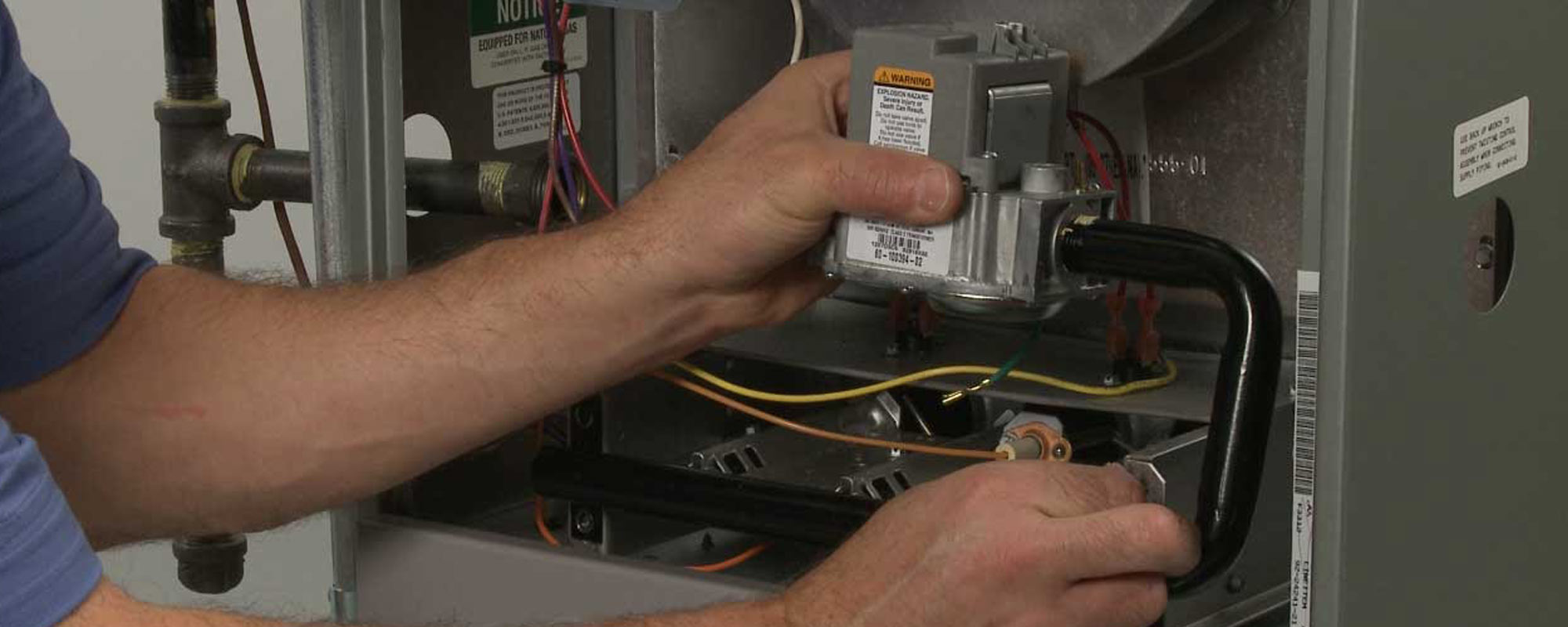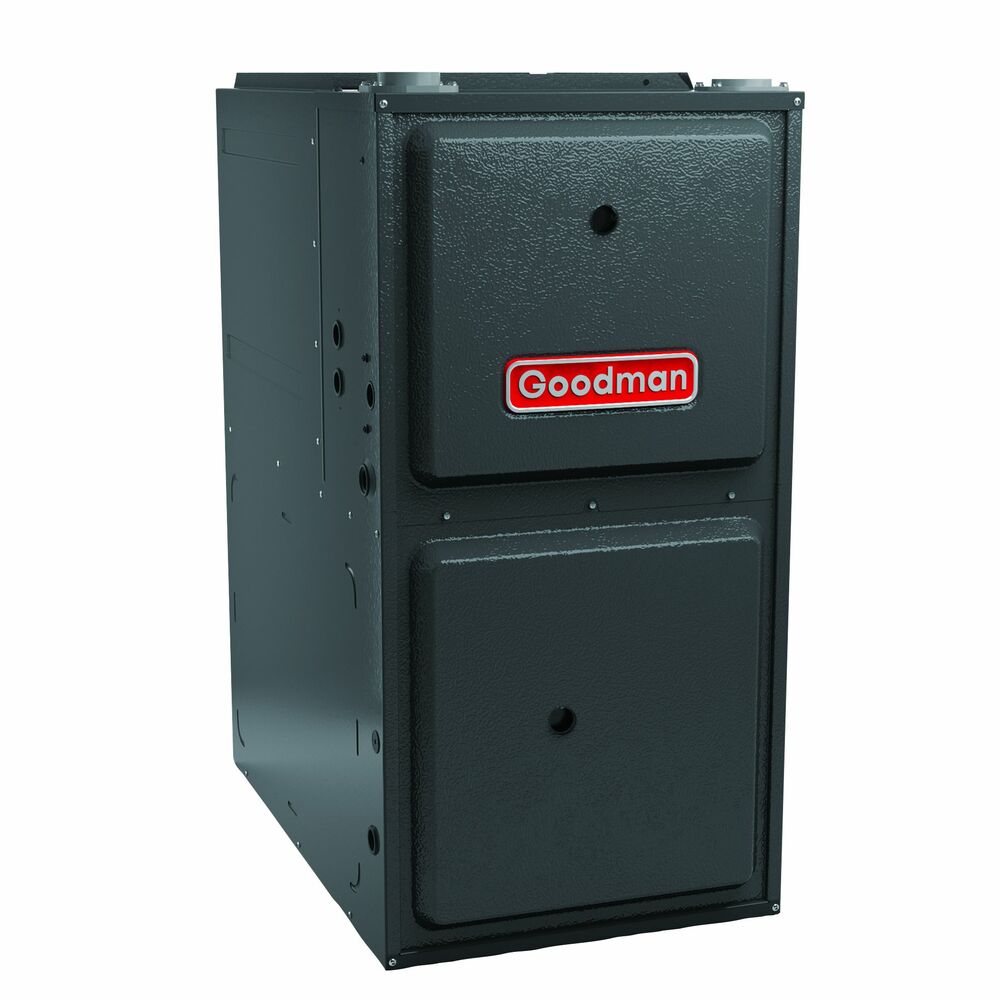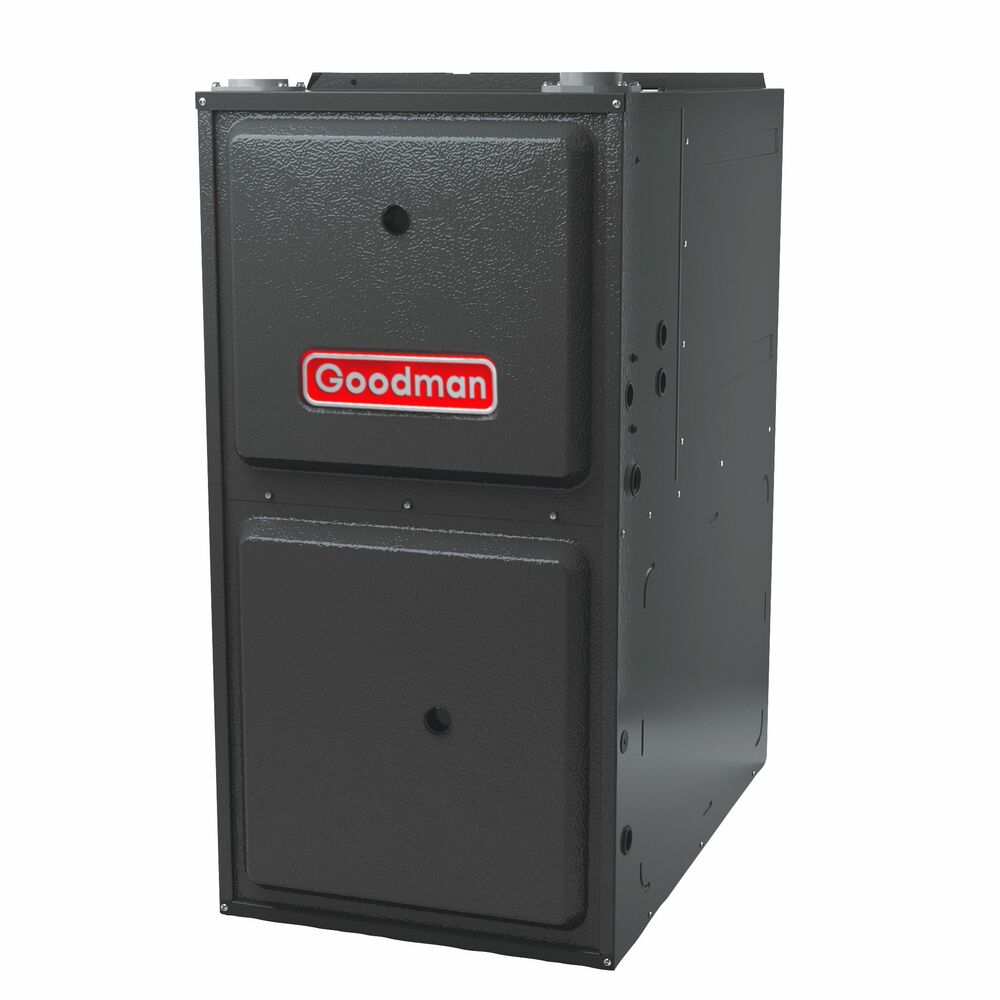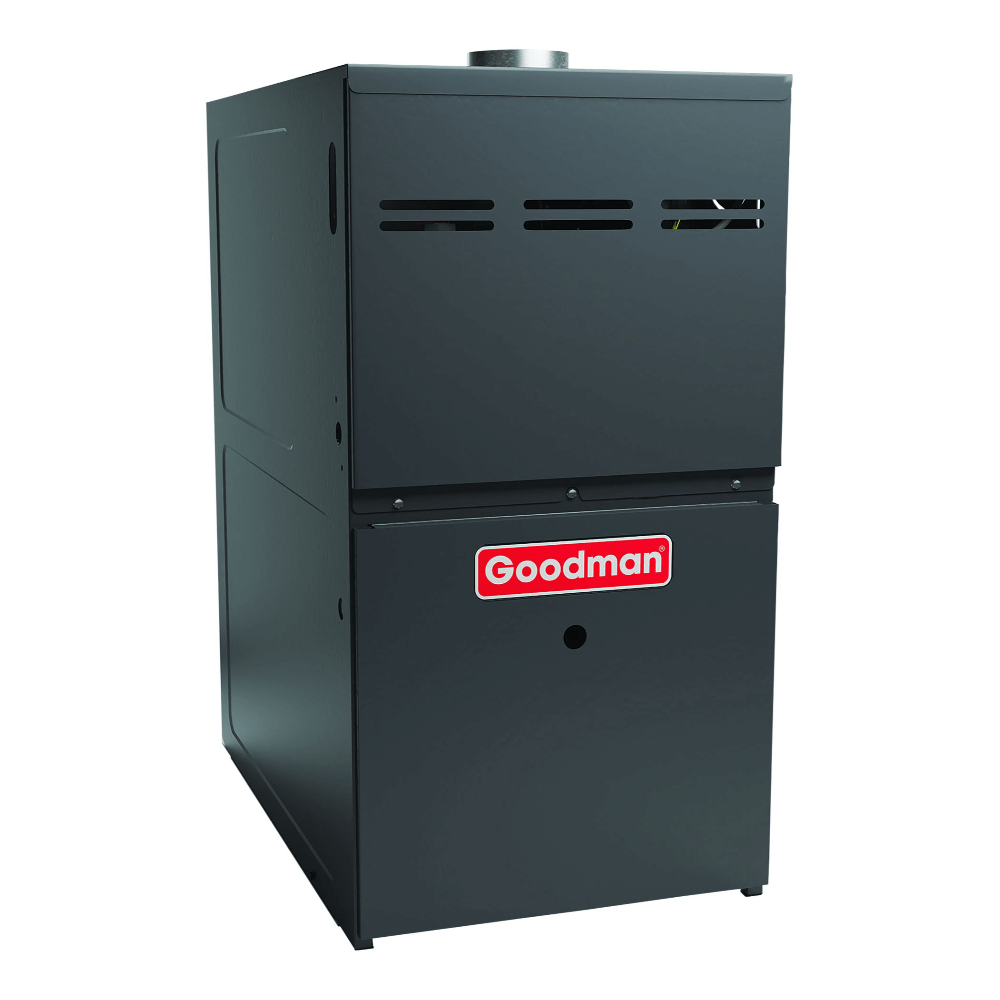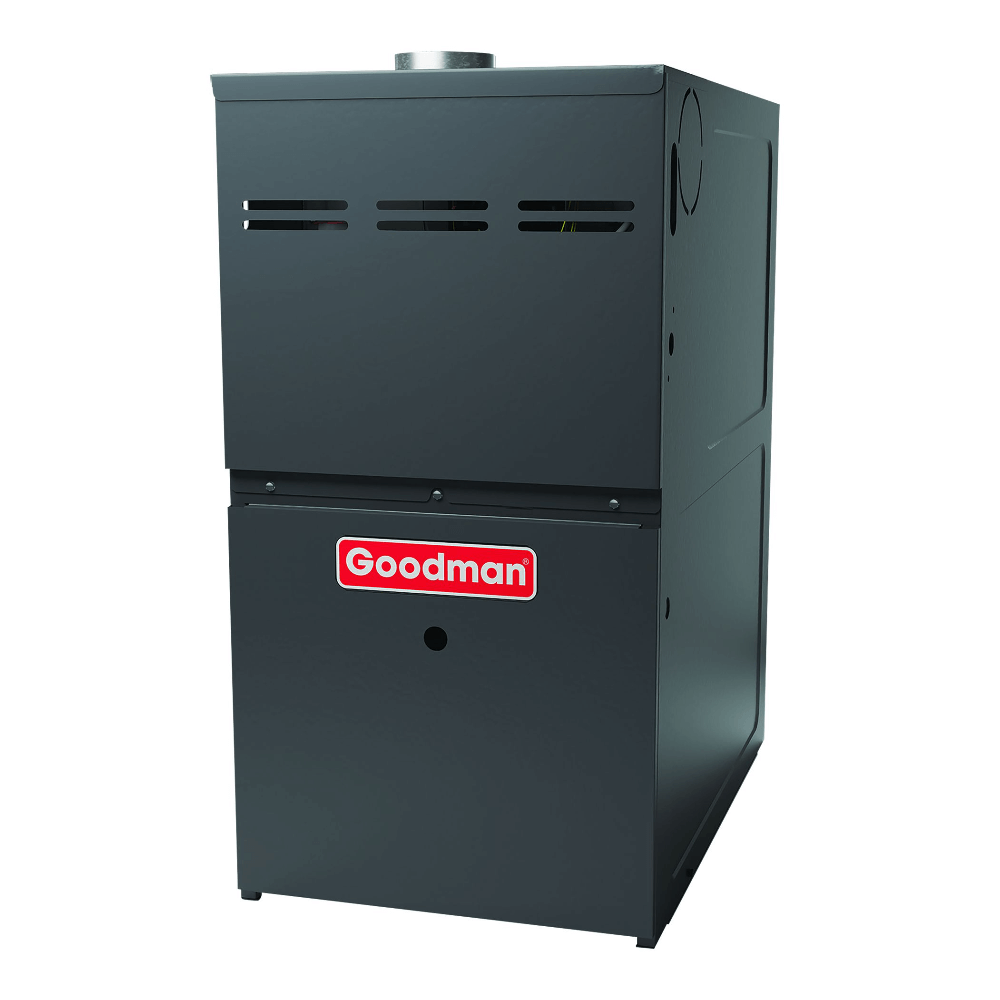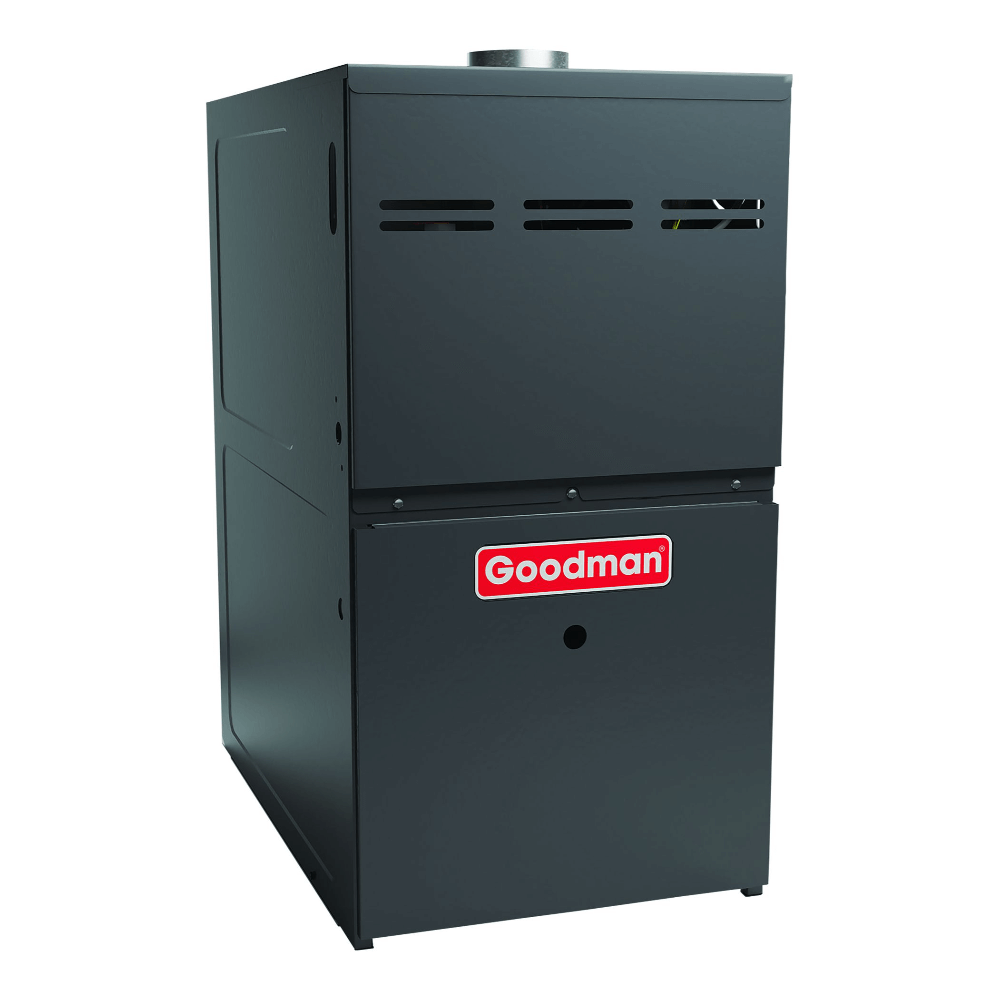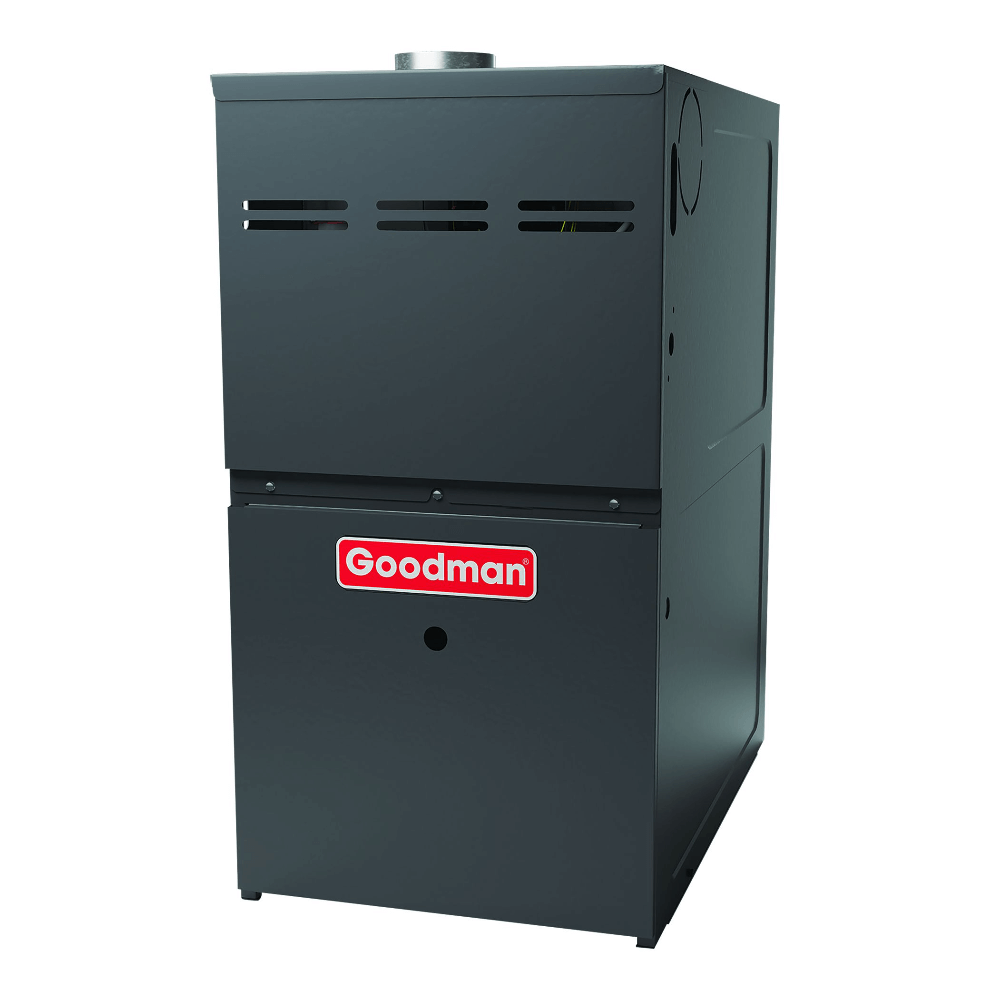If your furnace stops heating, a faulty furnace gas valve should be on your list of possible issues. There are countless problems to consider when your furnace is not blowing hot air.
Power disruptions, incorrect thermostat settings, and dirty air filters commonly cause furnaces to cease. After you’ve ruled out these likely explanations, consider a gas valve issue. There might be a simple solution to restore heat to your home faster than you can schedule a service call. Although professional technicians should only replace faulty gas valves, you might discover a related issue that you can resolve yourself.
A furnace gas valve is a fuel system component used in gas-powered furnaces to regulate the gas flow from a supply line or propane storage tank. The valve opens and closes to allow or restrict gas flow to the pilot light and burners.
A furnace gas valve is inside the furnace cabinet behind the access panel. Locate where the black metal gas pipe enters the furnace cabinet. Follow the line to a small box with a switch or dial labeled “on” and “off.” This component is the furnace gas valve.
A furnace gas valve opens and closes to maintain temperature and regulate gas pressure. A gas valve comprises two internal, consecutive valves, the safety valve, and the main valve. The safety valve supplies gas to the pilot light. The main valve provides gas to burners.
The furnace pilot light and thermocouple supply power to operate the safety valve. The thermocouple sits in the pilot light’s flame and senses whether it’s working correctly. If the flame goes out, the thermocouple’s metal tip cools and shuts off the gas valve. The thermocouple also produces a current that energizes the gas valve’s solenoid.
When the solenoid is energized, an electromagnet holds back a spring-loaded plunger that opens the safety valve. The electromagnet releases the plunger if the pilot light goes out and the current ceases. The plunger drops, the safety valve closes, and gas flow to the rest of the valve stops to prevent gas leaks. The gas valve is wired to other furnace safety devices and closes if an issue arises.
If the pilot is lit, gas flows past the safety valve and through the manifold to the main valve to fuel the burners. A 24-volt transformer operates the main valve because it is connected to a larger pipe than the safety valve.

Find the Ideal Furnace for Your Home: View Our Products
Gas chain valves and combination valves are two types of furnace gas valves.
All fuel system components in a gas chain valve are separate and joined in a series. Gas chain valves have become obsolete because they are bulky, expensive, and subject to leaks from various components.
Gas chain valves have four main parts:
- Manual Valve: A valve with a handle that is manually turned to stop the flow of gas to the furnace
- Gas Regulator: Reduces the gas line pressure so the manifold can distribute gas to the burners; it’s usually adjustable
- Solenoid Valve: An electrically operated valve that opens when the thermostat calls for heat; the gas moves to the burners if all the valves are open
- Pilot Safety: A valve operated by the current produced by the pilot flame and transferred through the thermocouple’s wire; includes a solenoid and an electromagnet; gas flows to the manual valve when open
The combination gas valve replaced the gas chain valve in the 1960s. The combination valve performs the same functions as the gas chain valve, but all components are in one packaged unit. The combination valve has been mostly phased out. Modern furnaces use electronic controls to operate gas valves.
The gas valve might be faulty if your furnace…
- Leaks gas
- Executes a total shutdown
- Becomes flooded
Gas Leak
Gas can leak from a faulty gas valve and dissipate into the home’s air. Natural gas odor resembles rotten eggs or sulfur. Gas leaks are hazardous to your health and safety. It is toxic and very flammable.
If you suspect a gas leak, shut off the main gas supply pipe to the furnace, exit the house, and call an HVAC company to assess and resolve the situation.
Total Shutdown
A faulty gas valve can cause the furnace to shut down to prevent a gas leak or other hazards. Other furnace issues can also cause total shutdowns, so it’s wise to get a professional opinion.
A Flooded Furnace
The gas valve might malfunction if flood water submerges, or partially submerges, your furnace and should be professionally replaced.
A basic understanding of what a furnace is and how it works is helpful when troubleshooting problems. The gas valve might be the cause if you rule out issues with the gas supply, ignition source, gas valve wires, gas valve coil, burner flames, safety trips, and ductwork.
1. Gas Supply
Ensure the furnace’s gas supply is in the on position. The main supply valve should be within six feet of the furnace. Follow the black metal gas pipe outward from the furnace to the valve. The valve typically has a brightly colored lever or knob. The gas supply is on when the lever is parallel to the pipe. The supply is off when the lever is perpendicular to the pipe.
Next, follow the black metal gas pipe into the furnace to a small box with a switch or dial labeled “on,” “off,” and “pilot” if the furnace has a pilot light. Ensure the switch or dial is in the “on” position.
2. Ignition Source
Ensure the furnace’s ignition source functions. The unit uses a pilot light or an electronic ignition to light the furnace. Look for a small blue flame inside the furnace if it uses a pilot light or a red, glowing ignitor behind the burners if it uses an electronic ignition. You can rule out a gas valve issue if the pilot is out or the ignitor isn’t turning on.
3. Gas Valve Wires
Visually inspect the gas valve for damaged wires. Call a professional if you locate cracked, frayed, or scorched wires.
Check the voltage going to the gas valve if you have a multimeter and know how to use it safely. Turn off the power to the furnace. Remove the two wires from the terminals on the valve. Connect the multimeter’s probes to the wires. Turn on the multimeter to the AC voltage setting, and restore power to the furnace.
When the ignitor glows, check the voltage. The reading should be 24 or 120 volts, depending on the furnace. These readings indicate the control board is sending the correct voltage to the valve. Any reading other than 24 or 120 volts suggest an issue with the control board.
4. Gas Valve Coil
Tap the gas valve with a hammer to test it. If the valve is stuck closed because of a bad coil, tapping the valve can unstick it. Hit it when the control board sends voltage to it, three to four seconds after the ignitor lights up. Although this procedure might open the valve, the valve is still bad and needs to be replaced.
Check the solenoid coil’s resistance if you have a multimeter and can use it safely. Turn the meter on and place leads on each gas valve terminal. An “OL” reading indicates the coil is bad.
5. Inconsistent Flame
Check the burners’ functioning. A dirty or faulty furnace flame sensor can cause the burners to light up briefly and shut off. The flame sensor must be cleaned or replaced before regular heating will resume.
6. Safety Trip
Something might have tripped a safety device to shut down the furnace. Observe the burner flames. The furnace will shut down if the flames aren’t aligned with the heat exchanger’s openings. If the flames veer left or right, the burners likely require cleaning.
The high limit switch triggers the furnace to shut down when it overheats, or the blower motor speed is too low. Check the owner’s manual to reset the limit switch.
7. Ductwork
Reduced airflow from crushed, cracked, or otherwise damaged ducts or from a dirty air filter can cause the furnace to overheat and shut down. Inspect the ducts and change the filter.

Find the Ideal Furnace for Your Home: View Our Products
The gas valve is a critical furnace component that can cause the furnace to stop heating when it malfunctions. The safety mechanisms that shut down the furnace protect you and your family from dangerous gas leaks.
Many other issues can cause a furnace to stop heating as welI. Assess other furnace components, such as the gas supply, ignition source, gas valve wires, gas valve coil, burner flames, safety trips, and ductwork. If you rule out these other common problems, the gas valve might be the issue.
If you suspect your gas valve is faulty, hire a technician to inspect and replace it. Testing and replacing it yourself can damage your furnace, put you and your loved ones at risk, and might be illegal according to restrictions in your area.
Frequently Asked Questions
Are furnace gas valves interchangeable?
Gas furnace valves are not interchangeable. Gas valves are specific to each furnace. Using an incorrect valve harms your family and can damage your furnace.
Will a furnace gas valve work intermittently?
Gas valves don’t operate intermittently. Furnaces can go into a five-minute delay when issues occur to prevent short cycling and protect the equipment. Power outages can also cause a delay. Your furnace is in a delay if the “heat on” display on your thermostat blinks.
Do furnace gas valves go bad?
Furnace gas valves can go bad. Gas valves have a fifteen-year or 100,000 cycles life expectancy.

